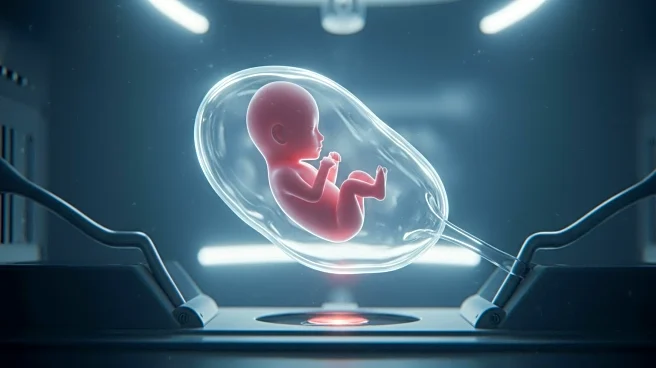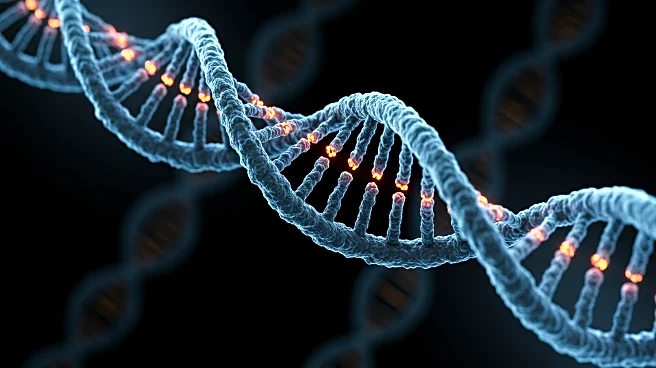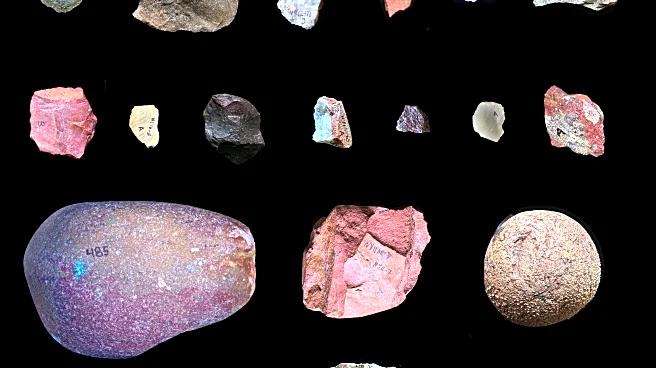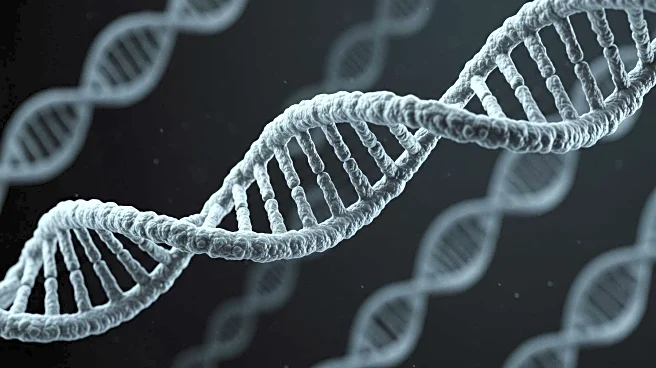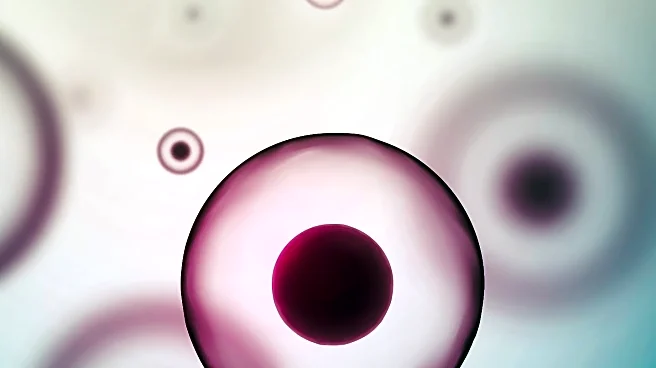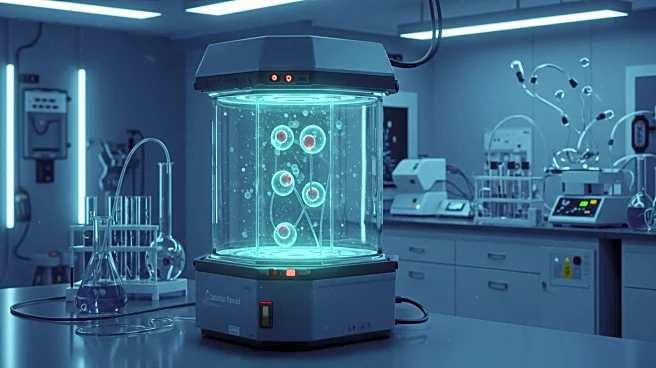What's Happening?
A team of scientists at the Institute for Bioengineering of Catalonia, in collaboration with Dexeus University Hospital, has captured real-time footage of human embryo implantation. This study, published in Science Advances, reveals how embryos use force to burrow into the uterus, a process critical to successful pregnancies. The researchers developed a collagen-based matrix to mimic uterine tissue, allowing detailed observation of the implantation process. The study highlights differences between human and mouse embryos, with human embryos demonstrating more invasive behavior. This research aims to address the high rate of implantation failures, which contribute to infertility and miscarriages.
Why It's Important?
Understanding the implantation process is vital for improving fertility treatments and reducing miscarriage rates. This research provides new insights into the mechanical forces and interactions involved in embryo implantation, offering potential solutions for couples facing infertility. By capturing the process in real-time, scientists can develop targeted interventions to support successful pregnancies. The study challenges existing reliance on animal models, emphasizing the need for human-specific research to address reproductive health issues. These findings could lead to advancements in clinical practices and fertility treatments, benefiting individuals seeking to conceive.
What's Next?
The researchers plan to continue studying the implantation process, aiming to standardize their materials for broader research applications. This could enable other scientists to replicate the study and further explore embryo implantation. Collaborations with pharmaceutical companies are underway to develop supplements that enhance implantation rates. These efforts may lead to new clinical applications and treatments that improve fertility outcomes. The study's findings could pave the way for more comprehensive research into the factors influencing successful embryo implantation.


